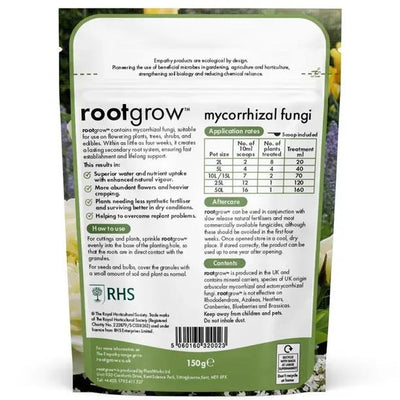Westonbirt / Sibirica Scarlet Dogwood Plants
Cornus alba Sibirica, Siberian or Westonbirt Dogwood, is a vigorous dogwood with rich red young bark. This strong-growing, deciduous shrub has green leaves that turn red and orange in the autumn. Sibirica dogwood's primary feature, however, is its brilliant scarlet bark, which provides much-needed winter colour and can light up the dreariest day.
Like all dogwoods, it prefers moist soils and will grow in very wet conditions. It makes a good specimen shrub but is probably at its best when planted in a group with other dogwoods with coloured bark. As such, it makes a very long term (November - March) winter feature which lights up the garden on the most dismal days and is simply stunning in snow or frost.
If It can reach 3 metres, but it's better coppiced every year. This variety was cultivated at Westonbirt Arboretum in the 1830's and holds an RHS Award of Garden Merit.
You can also look at the rest of our range of Dogwood plants for sale.
These plants are delivered bareroot during winter (Nov-April) and are graded by their height in centimetres above the ground when planted.

 Secure, One-Tap Checkout
Secure, One-Tap Checkout
 Hand Picked, Delivered to Your Door!
Hand Picked, Delivered to Your Door! 1 Year Bareroot Guarantee
1 Year Bareroot Guarantee











